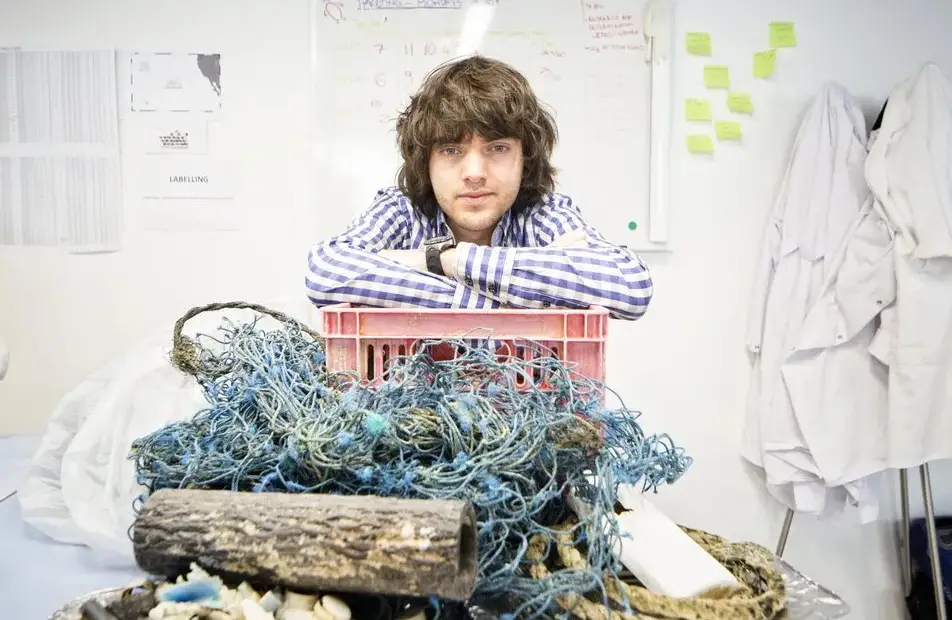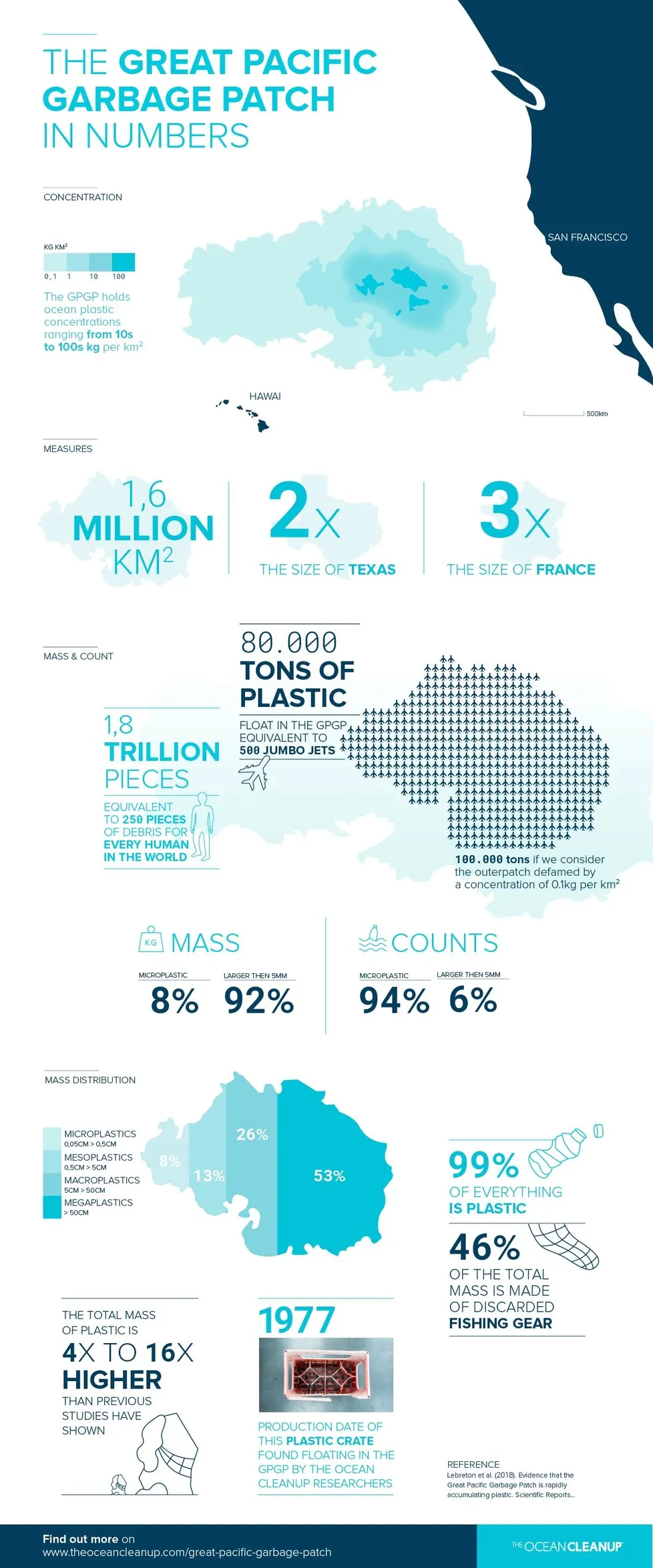It Turns Out A Dutch Boy Who Predicted He Could Get The Ocean To Clean Itself Was Right
Tags: News

All the way back in 2012, an 18-year old Dutch entrepreneur gave a TEDx Talk outlining his ambitious plan to clean up the biggest patch of plastic waste in the ocean. 9 years later, he continues to work tirelessly towards the same goal.
In his 2012 talk, Boyan Slat highlighted the need to clean up the Great Pacific Garbage Patch, an ever-growing patch of single-use and other types of plastic trash in the Pacific ocean. Garbage accumulates in that one spot as ocean currents called gyres vortex near that place. Since his talk, studies have estimated that the island is three times the size of the country of France, made up primarily of waste plastic.
Charles Moore, who first discovered the Great Pacific Garbage Patch in 1997, believed that it’d take nearly 80,000 years to clean up. In 2012, Slat proposed that it was possible to do it in just 5 years–with little environmental consequence and profitability to boot. He wanted to use the physics of plastic’s movement and ocean’s currents themselves to gather plastic in the ocean without the need for an active energy source.
 Credit: Ocean Cleanup Foundation
Credit: Ocean Cleanup Foundation
Slat put his money where his mouth was and in 2013 launched the Ocean Cleanup Foundation, dedicated to advancing technologies to make it possible to make his vision come to life. Over the years it has grown to house over 70 fulltime engineers, computer modelers, and scientists, all working towards the same goal.
In the meantime, Slat’s drive brought him accolades. He became the UN Champion of the Earth in 2014, the youngest person to ever do so at the time. In 2015, his prototype, Ocean Vacuum, which was based on his ideas from the TEDx Talk found a spot on Time magazine’s prestigious list, Best Inventions of the Year.
Also read: Kenya Installed This Solar Plant That Transforms Ocean Water Into Drinking Water
Slat himself has been studying ocean vortexes and gyres to better understand the issue and how best to tackle it. He has taken various expeditions over the years to the Great Pacific Garbage Patch, coming to the conclusion that it has approximately 1.8 trillion plastic pieces in it. These plastic pieces may or may not break down into small chunks, but they will always continue to exist in the waters, threatening life across land and water.
Over 5000 people have downloaded our free ebook “Growth Hacking Tips And Rituals For Optimal Living” CLICK HERE to get your free copy now
In September 2018, the Ocean Cleanup Project launched its first device–a 2000-foot long U-shaped array named ‘Wilson’ in the Great Pacific Garbage Patch. Unfortunately, because of design and manufacturing flaws, it had to be pulled back in eight weeks.
Also read: Underwater Art Exhibit Highlighting Plastic Pollution Debuts in Florida Keys
Slat has faced his fair share of critics in his lifetime. Yet he is optimistic that with the right technology and execution, the Ocean Cleanup Project will be successful in its goal. With the same never-say-die attitude, they launched their second device, System 001/B, in June this year.
 Credit: Ocean Cleanup Foundation
Credit: Ocean Cleanup Foundation

Leave Comment: